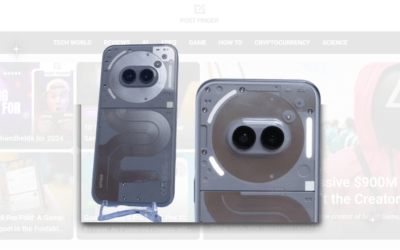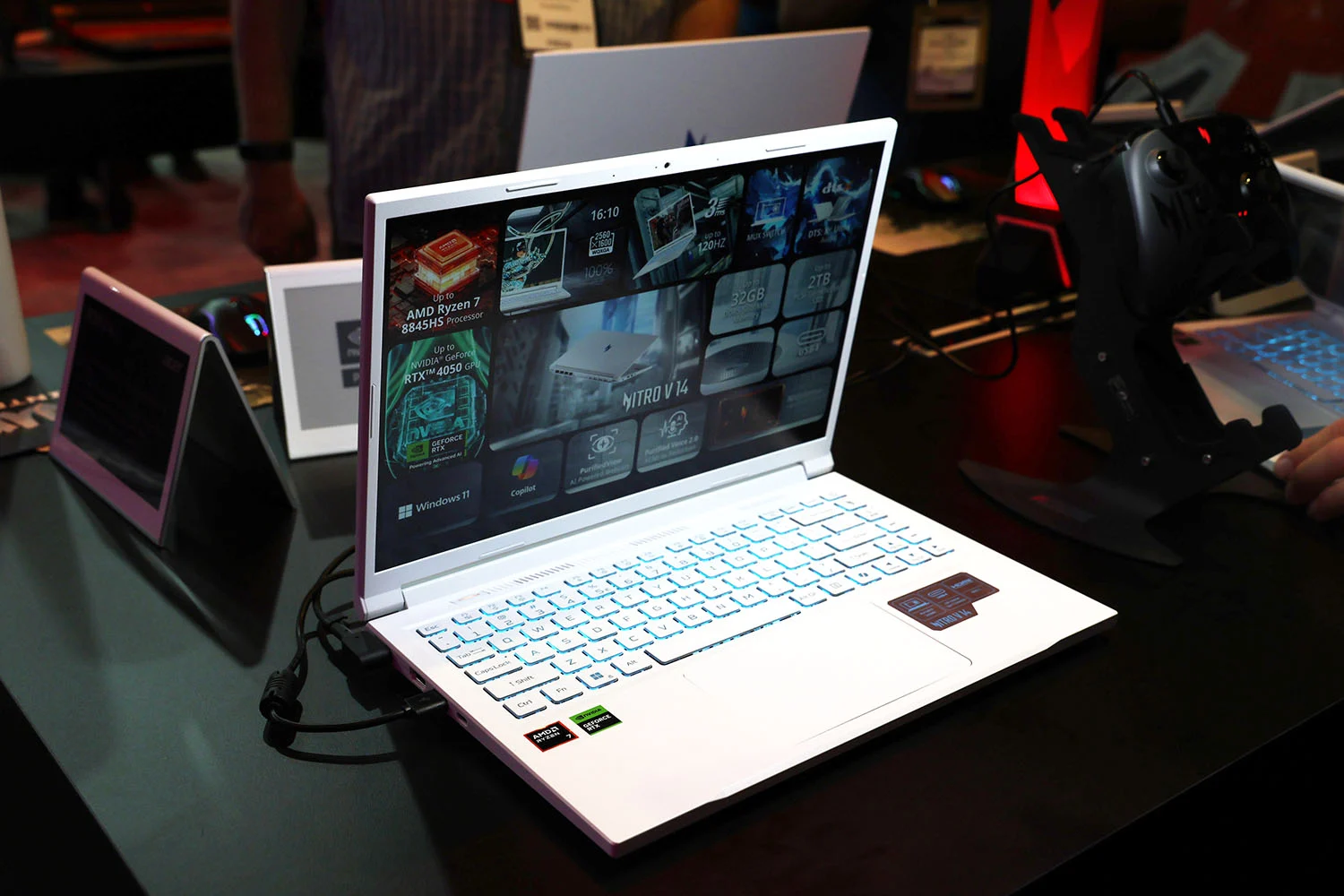What are field-programmable gate arrays used for?

Introduction to field-programmable gate arrays
A field-programmable gate array (FPGA) is an integrated circuit (IC) that can be programmed by the customer or designer after manufacturing – hence the term “field-programmable”. The FPGA configuration is generally specified using a hardware description language (HDL), similar to that used for an application-specific integrated circuit (ASIC). This allows the logic designer to optimize the FPGA for each application without having to redesign and rebuild a custom ASIC each time.
FPGAs are becoming increasingly popular as they offer a flexible, cost-effective solution for many applications. For example, FPGAs are often used in high-speed communication and networking systems, where their ability to be reconfigured on the fly allows them to adapt to changing conditions and protocols. FPGAs are also commonly used in video and image processing systems, where their parallel architecture can provide a significant speedup over traditional CPUs.
How field-programmable gate arrays work
Field-programmable gate arrays (FPGAs) are semiconductor devices that are used to create custom integrated circuits (ICs). FPGAs can be programmed to implement any type of digital circuit or logic design.
FPGAs are made up of an array of configurable logic blocks (CLBs) and input/output blocks (IOBs). The CLBs and IOBs are interconnected via a programmable interconnect matrix. Each CLB contains a look-up table (LUT) that can be programmed to implement any Boolean function.
The programming of an FPGA is typically done using a hardware description language (HDL) such as Verilog or VHDL. Once the HDL code has been written, it is compiled into a bitstream that can be loaded onto the FPGA.
When the FPGA is powered up, the bitstream is loaded into the device and the FPGA is configured according to the design specified in the HDL code. FPGAs can be reprogrammed as many times as needed, which makes them ideal for prototyping and field upgrades.
What field-programmable gate arrays are used for
Field-programmable gate arrays (FPGAs) are used in a variety of applications, from high-speed networking and communications to video processing and military radar. FPGAs offer a cost-effective, flexible solution for these applications, as they can be configured to meet the specific needs of the application.
Networking and communications applications require high speed and low latency, which FPGAs are well-suited for. FPGAs can be configured to perform the required functions without the need for specialized hardware, which results in lower costs and smaller form factors.
Video processing applications also benefit from the flexibility of FPGAs. FPGAs can be configured to handle video data at various resolutions and frame rates. This makes them ideal for use in security cameras and other video processing systems.
Military radar systems rely on FPGAs for their high performance and low power consumption. FPGAs can be reconfigured on the fly to adapt to changing conditions, making them ideal for use in mission-critical applications.
The benefits of field-programmable gate arrays
Field-programmable gate arrays (FPGAs) offer many advantages over other types of digital logic devices. FPGAs can be reconfigured to implement different logic functions, allowing a single device to be used for multiple applications. This flexibility can save time and money during the design and development phases of a project. In addition, FPGAs can be reprogrammed to change their functionality if the requirements of a project change. FPGAs are also well suited for applications that require high-speed data processing or parallel processing.
The drawbacks of field-programmable gate arrays
There are a few potential drawbacks to using field-programmable gate arrays. First, because they are programmable, they may be less reliable than fixed-function hardware. Second, they may be more expensive than other types of chips. Finally, they may require more power than other types of chips.
Are field-programmable gate arrays the future?
Yes, field-programmable gate arrays (FPGAs) are the future. They offer a high degree of customization and flexibility, making them ideal for a wide range of applications. FPGAs can be programmed to perform any logic function, and can be reconfigured to change their functionality as needed. This makes them perfect for use in cutting-edge technologies like artificial intelligence (AI) and machine learning, where the requirements are constantly changing. FPGAs are also much faster than microprocessors, so they can handle data-intensive tasks very quickly.
Conclusion
Field-programmable gate arrays are a powerful tool used in many industries to create customized integrated circuits that can efficiently perform complex tasks. With their fast speed and low power requirements, they offer an efficient solution for applications such as digital signal processing and embedded systems. By using configurable logic blocks and interconnecting them using programmable switches, FPGAs allow engineers to quickly develop sophisticated hardware solutions without having to design custom integrated circuits from scratch. Whether you’re looking for high performance computing or flexible I/O options, FPGAs have become an indispensable part of modern electronics design.









